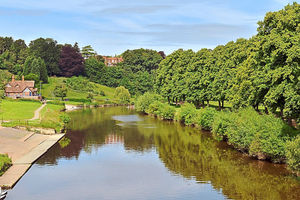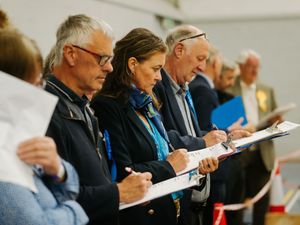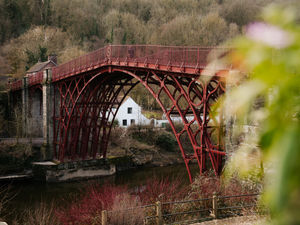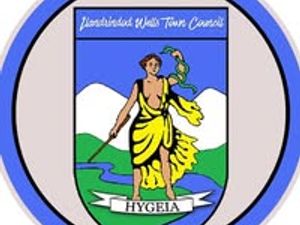£19 million project to boost fish in River Severn
Work has started on a £19 million project to reopen the River Severn to protected species of fish.

The £19.7 million project is one of the largest of its kind ever attempted in Europe.
Funding comes from £10.8 million from the Heritage Lottery Fund (HLF) and £6 million from the European Union LIFE programme.
It will reopen 158 miles of the River Severn to fish, by creating routes around physical barriers that currently prevent migration to critical spawning grounds.
The team being the plans say it will help to secure the long-term future of many of the UK’s declining and protected fish species, particularly the now threatened twaite and allis shad which hundreds of years ago were a staple food in the court of Henry III.
Many of the species became extinct in the upper reaches of the river following the installation of locks and weirs required to allow navigation that powered the Industrial Revolution in the 1700s.
State-of-the-art fish passes will now be installed on four navigation weirs on the River Severn and fish passage improvements made at two sites on the River Teme.
Work will begin at Powick Weir and Knightsford Bridge weirs this month.
Work at the other sites – Diglis, Holt, Bevere and Lincomb weirs – which have recently secured planning permission, will be carried out over the next three years.
Sir Peter Luff, Chair of the Heritage Lottery Fund, said: “The National Lottery is one of the biggest funders of the UK’s natural heritage, so it’s entirely fitting it is supporting Unlocking the Severn for People and Wildlife. The shad may be almost unknown now, but it was the fish of kings and queens, from Henry III to Elizabeth I and Charles II.
"The River Severn used to teem with the migratory activity of this species – and with other species that will also benefit from this investment. This project will bring new life and increased biodiversity to a significant stretch of the longest river in the UK and will also see historic buildings from the Severn’s industrial past restored and given new uses.”
Unlocking the Severn for People and Wildlife will also deliver heritage, education and science programmes that aim to reconnect eight million people with the River. This includes working with over 200 school classes, 100 community groups and creating thousands of volunteering opportunities.
The project aims to have the knock-on effect of attracting more visitors to the region and boosting the local tourist economy. Recreational fishing on the River Severn currently contributes £13.5million per year to the local economy, and it is hoped that the project will boost this by a further £4millon.
Jason Leach, Canal & River Trust programme director, says: “This project has been in the waiting for over 150 years. While the Severn has been fundamental to the progress of communities along its length in that time, we now have the opportunity to return the eco-system on this stretch of the river to as close as possible to its natural state. If we can do this, it will have a vital impact in enabling protected and endangered species to thrive once more. "The project will be ground-breaking in scale and will create best practice for natural heritage management, conservation and biological research across the world. We also believe it can have a positive impact on the local economy and create new opportunities for people to enjoy and benefit from the river.”
Tony Bostock, chief executive officer of the Severn Rivers Trust, says: “We are thrilled that the importance of this project and the wildlife of the UK’s longest river has been recognised in this way. This is a once in a generation opportunity to make an extremely positive change to the ecology of the River Severn. The Severn Rivers Trust is delighted to be involved in this work moving forward and we can’t wait to get going bringing the communities along the river into this project.”
Paul Herickx, Project Manager, Environment Agency, says: “The Environment Agency hold significant responsibility in striving to improve our environment and it is through flagship internationally renowned projects such as Unlocking the Severn for People and Wildlife that these responsibilities can be brought to the fore.
"Working alongside all of the delivery partners for the scheme, we look forward to positively changing the Severn catchment for the benefit of a wide range of species of fish but also to the engagement of the local communities.
"The success of the scheme is equally as dependent on that engagement as it is the opening up of over 150 miles of breeding habitat on the Severn and the Teme. As someone that has grown up in Worcestershire, it is a privilege to be leading such a fantastic scheme to improve one of its greatest features."




